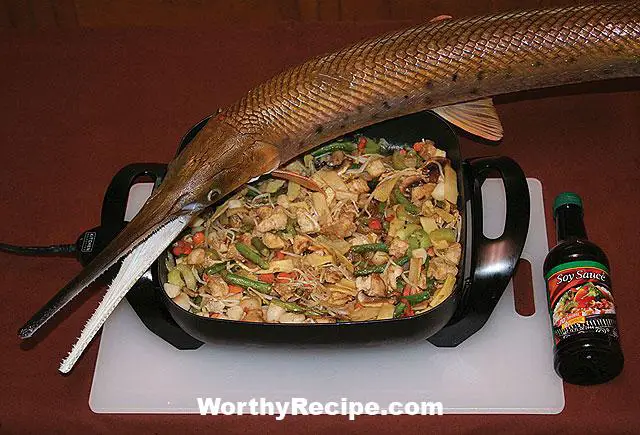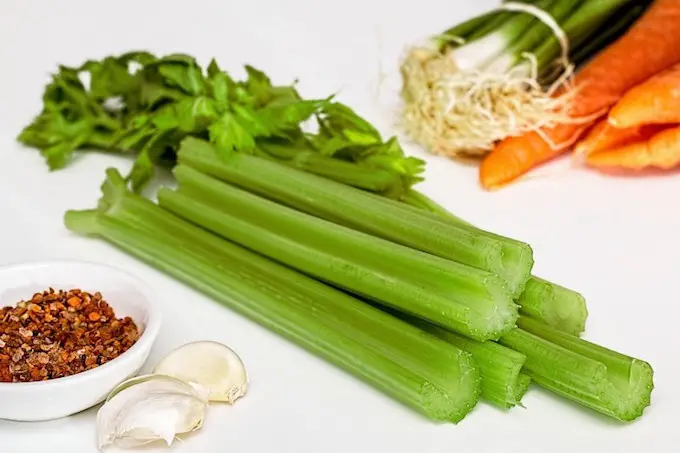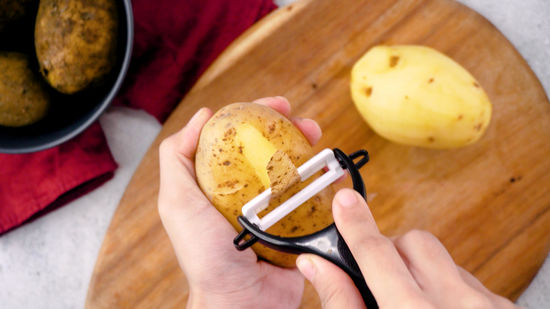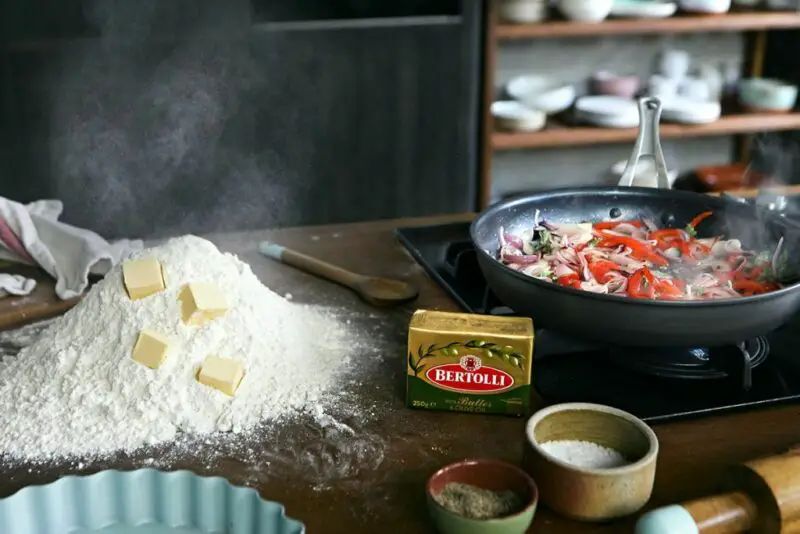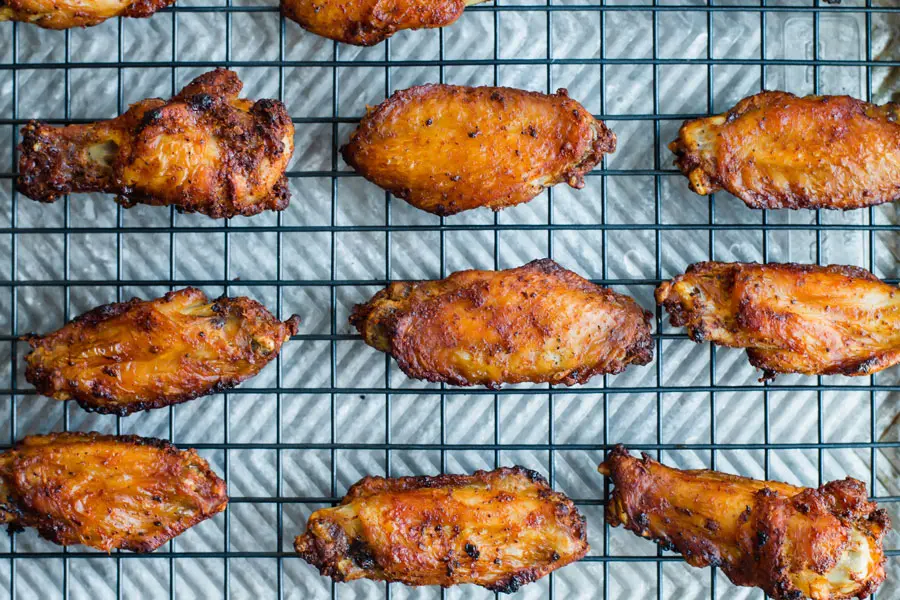How to Cook Alligator Gar: A Comprehensive Guide
Alligator gar is a type of fish that is native to the freshwater rivers of North and Central America. They are known for their distinctive, sizeable bodies, long snouts with sharp teeth, and armored scales. Despite their intimidating appearance, alligator gar is enjoyed as a delicacy by many home cooks and professional chefs alike.
To bring out the best flavor of alligator gar, there are certain preparation and cooking techniques you must follow. This comprehensive guide will provide insights on how to cook alligator gar from start to finish.
Understanding Alligator Gar
Alligator gar is a primitive fish that has been around for over 100 million years. These prehistoric fish average six feet in length but can grow to be over eight feet long. They have elongated bodies with a broad snout, long dorsal and anal fins, and rows of sharp teeth along their jaws. Their scales are bony and diamond-shaped, giving them armor-like protection.
These slow-moving freshwater fish prefer warm waters of rivers, lakes, and swamps that have low oxygen content. They feed on small fish, crustaceans, insects, and frogs.
Alligator gar has become increasingly popular in recent years due to its nutritional value as it is rich in protein and healthy fats. Consuming alligator gar also aids in promoting cardiovascular health due to its low-fat content.
You can buy alligator gar at specialty stores or online as fresh or frozen fillets or as whole fish.
Preparing Alligator Gar for Cooking
Before cooking an alligator gar, the first step is to clean the fish thoroughly. First, cut off the head and tail using a sharp knife. Then remove scales using a descaler or scaling tool.
Next is filleting the fish based on the size. For smaller fish less than two feet, use a traditional fish fillet knife to remove the skin and bones. For a bigger fish, use a hacksaw to cut along the backbone and splitting the fish in half.
Always keep fresh or frozen alligator gar in cool water until cooking to keep the meat fresh and prevent spoilage.
Cooking Techniques for Alligator Gar
Once you’ve prepared your alligator gar fillets or whole fish, it’s time to cook. There are various cooking techniques that can make alligator gar into delicacies.
Grilling
Grilling is one of the most popular ways to cook alligator gar. Use high temperatures to get crispy and charred exteriors, giving the fish a smoky flavor. Season the fish with spice rubs before grilling.
Baking
Baking can give the alligator gar moisture throughout as it keeps it from drying out during cooking. Bake with herbs, wine, or lemon juice and butter to enhance flavor.
Frying
Frying is by far the most common way of cooking alligator gar due to its crispy outside and juicy inside texture. Try using different batters such as beer batter or cornmeal crust while adding unique blends of spices such as Creole seasoning or chili powder.
Smoking
Smoking alligator gar over wood chips will infuse smoky flavors deep inside through direct exposure to aromatic smoke.
You can also enhance flavors through marinades or stuffing. Marinades are especially great for grilling or baking, while stuffing works well when baking whole fish.
Top Ten Recipes for Cooking Alligator Gar
1. Blackened Cajun Style Fillet with Mango Salsa: Use blackened seasoning mixed with Cajun spices and grill fillets over high heat before topping them with mango salsa.
2. Beer Battered Fried Alligator Gar with Remoulade Sauce: Take a spicy route to a crispy fillet with beer batter and serve it with creamy remoulade sauce.
3. Smoked Alligator Gar over Mesquite Wood Chips: Use garlic and your favorite spice blend to marinate the fish before smoking them over mesquite wood chips.
4. Char-Grilled Fillet with Herb Butter Sauce: Brush the fillets with herb butter sauce before grilling them to perfection.
5. Lightly Spiced Curry Stew with Vegetables: Cook alligator gar alongside vegetables in a lightly spiced curry broth in a Dutch oven for tender, flavorful meat.
6. Lobster-stuffed Broiled Whole Gar Topped with Pesto Sauce: Stuff the alligator gar with cooked lobster meat and broil under high heat, then top it off with homemade pesto sauce.
7. Sweet and Tangy Asian Style Stir Fry Southwestern Style Broccoli Rice Pilaf: Marinate the fillets in an Asian style marinade, then stir fry together alongside rice pilaf flavored with Southwestern seasonings.
8. Meaty Fish Tacos using Crispy Fried Skin of Alligator Gar Over Mayo Sauce: Crush the crispy fried skin over a bed of mayo dressing atop of taco shell for enhanced flavor.
9. Crispy Garlic Butter Fried Skinned Pieces over Creamy Risotto: Flash fry skinned pieces of alligator gar until crispy, then serve them over a bed of creamy risotto.
10. Grilled Fillet Over Cilantro and Lime Rice topped with Fresh Guacamole: Combine cilantro and lime rice as the base recipe before topping it off with grilled fillets and fresh guacamole.
Safety Precautions for Cooking Alligator Gar
Proper safe food handling is critical when preparing alligator gar. When buying alligator gar, make sure to buy it from a reputable supplier who sells healthy fish. Additionally, keep the alligator gar cold during transportation back home.
When cleaning and preparing alligator gar, use separate kitchen tools and utensils dedicated to raw fish and avoid using shared utensils with other types of food.
Frequently Asked Questions
Is alligator gar safe to eat?
Yes, but take note that alligator gar usually have many bones. Be careful when eating them.
What does alligator gar taste like?
Alligator gar has a firm, white meat texture with a flavor that is typically mild but distinct. Often compared to chicken or veal in terms of flavor and texture.
Can I cook alligator gar in a slow cooker?
Yes. Use a slow cooker or crockpot and place the cleaned pieces of fish into the pot along with seasoning, celery, carrots, onion, garlic or bay leaves then cook on low heat for 10 hours.
Conclusion
Alligator gar may seem intimidating because of its appearance but once prepared correctly with the outlined preparation and cooking methods can result in one of the best-tasting fishes available. Experimenting in the kitchen with alligator gar offers various opportunities to try it out in different styles and flavor combinations. Always choose fresh healthy ones while following safety measures when handling these prehistoric fishes. With this guide, you’re now ready to start cooking sumptuous meals that will surely impress your family and friends!
Frequently Asked Questions
#### How do I prepare alligator gar for cooking?
To prepare alligator gar for cooking, start by scaling and gutting the fish. Make sure you remove the skin and cut the fish into fillets. Rinse the fillets with cold water, pat them dry, and season with salt and pepper.
#### What cooking methods work best for cooking alligator gar?
Alligator gar can be cooked using a variety of methods, including frying, grilling, baking, or broiling. You can also try smoking or braising the fish for a unique flavor profile.
#### Can I eat the eggs from an alligator gar?
It is not recommended to eat the eggs of an alligator gar. In addition to being extremely difficult to extract, they contain large amounts of mercury and may pose a health risk if consumed.
#### How long does it take to cook alligator gar?
The cooking time for alligator gar will depend on the method you choose. However, as a general rule, thick fillets will take longer to cook than thinner fillets. It’s important to cook the fish until it reaches an internal temperature of 145°F (63°C) for safety purposes.
